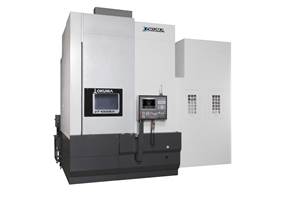Robotic Cell Locks In Time, Cost Savings
Having implemented robotic systems in the sheet metal side of its business, this Nevada-based shop wanted to obtain similar automation systems for its CNC machining operations. The Fanuc JobShop Cell from Methods Machine Tools has reduced both costs and cycle times on one of the shop’s most important jobs.
A major portion of business for B&J Inc. is machining strike plates for magnetic door locks used in casinos and hotels. To meet its customers’ tight flatness tolerances for these plates, the shop had to farm out grinding operations to another company. In addition to the high cost of transporting the parts, outsourcing grinding resulted in significantly increased production time. This all changed with the introduction of an automated machining cell that allowed the machine shop to not only bring most operations for this job in-house, but also to improve part quality and turnaround time.
Actually, B&J is a lot more than a machine shop, and automation is nothing new to Vice President Gregg Fisher. In addition to full-service CNC machining, the company uses robotic equipment to perform precision sheet metal work such as stamping, punching and welding to tolerances of ±0.0001 inch. Founded in 1973, B&J is a family business located in Sparks, Nevada, just outside Reno. Its customers span a variety of industries and require parts for items such as slot machines, medical devices, sporting goods and drinking fountains.
While establishing robotic systems on the sheet metal side of the business, Mr. Fisher kept his eyes open for corresponding solutions on the machining side. “Salesmen would come by all the time wanting to sell me new machining centers,” he recalls. “I’d explain what we do here, I’d voice my desire for more automation and I’d never hear from them again.”
So when Mr. Fisher got a call from the Pheonix office of Methods Machine Tools in late 2007, he took the same approach as he had with the others. He challenged the company to come up with a comprehensive system that would improve the production speed and overall process of machining strike plates (often referred to as “strikes”) for a long-time local customer.
That customer manufactures a variety of magnetic locks for hotels, casinos, prisons and other facilities. Available in several sizes, the locks consist of a powerful electromagnet that mounts on a fixed entrance frame and a strike that mounts on the moving door or gate. The magnetic force is strong enough to prevent unauthorized entry. Typically, the locks are released via a programmed card or keyed code that switches off power to the magnet.
B&J makes strikes for several different lock models. About ½-inch thick, the parts range in size from approximately 1 by 2 ½ inches to approximately 3 ¾ by 9 inches, but two models constitute more than half of the strikes produced at the shop.
The day after the initial call from Methods, Mr. Fisher received a follow-up call from Chris Porter, regional manager for Methods and head of the Phoenix office. Mr. Porter visited B&J a week later to tour the shop and evaluate Mr. Fisher’s needs. After further discussion and a conference call with an applications specialist at Methods’ Massachusetts headquarters, Mr. Fisher purchased the Fanuc JobShop Cell. The cell combines a Fanuc RoboDrill VMC with a fully interfaced, six-axis Fanuc robot for automated loading/unloading.
“Methods was the first machine tool supplier to take my ideas seriously,” Mr. Fisher says. “They wanted to sell me a process, not just a milling machine—that made them different from all the others.”
Installed at B&J in early 2008, the JobShop Cell is designed for small to medium lot sizes. Available with hydraulic or pneumatic workholding options, the cell can be configured to accommodate virtually any part that will fit in its 6-inch vise or chuck. It comes complete with inbound and outbound conveyors and guarding, while an optional fourth axis further increases the cell’s utility.
The RoboDrill VMC at the heart of the cell features torque to 56 foot-pounds, rigid tapping to 5,000 rpm (8,000 rpm optional), thread milling and more. The X, Y and Z axes accelerate to 1.5 G, while feed rates are 1,181 ipm (2,362 ipm optional) and rapid traverse rates are as fast as 2,125 ipm. The machine comes standard with a 14-station toolchanger, but B&J purchased the optional 21-station changer. The accompanying six-axis LR Mate 200iC robot comes with grippers, a teaching pendant and several programs that are said to be easy to customize to accommodate user needs.
Before implementing the automated cell, the company sent laser-cut blanks by the thousands to another shop in Los Angeles for Blanchard and double-disc grinding. When the ground strikes came back, the shop used CNC pallet machines to add specified countersinks, holes and other features. With the RoboDrill machine, however, the quality of the strikes is such that they no longer need grinding. The shop now performs all operations but the final plating process in-house.
Eliminating the need for grinding has led to significant cost savings. That’s not only because the shop no longer has to pay another company grind the strikes, but also because it has eliminated transportation costs, which were all the more problematic because of spikes in the price of gasoline. And by keeping all work in-house, the shop has reduced overall production time from 6 weeks to 2 weeks. “We were able to give some of the savings back to our customer, and they were just overjoyed,” Mr. Fisher says. “Not only did they get a cost break, but they got superior parts as well—the quality has improved tremendously.”
The lock manufacturer specifies that the strikes must be very flat, with variation limited to ±0.001 inch for concavity and ±0.003 inch for convexity. With the JobShop Cell, the flatness of the strikes is much more consistent than the shop’s previous production run. Whereas the company used to leave a laser-cut edge around the part, the cell’s capabilities now allow it to simply mill these edges.
According to Mr. Fisher, the customer had commented that the strikes “were the best-looking ones they’d ever seen.” Paradoxically, however, the cell improved the quality of the strikes a little too much. Each strike is magnetized repeatedly with regular use, so it needs to contain a lot of nickel to avoid retaining its own magnetic pull when the electromagnet is de-energized. Because of the metal’s high nickel content, the mirror finish that initially impressed the customer actually had some deviations that adversely affected the appearance of some strikes.
So Mr. Fisher called Methods with yet another challenge: to figure out a way to “dumb down” the finish so that it would not be quite so smooth. A Methods application specialist visited the shop and removed 4 of the 6 inserts in the machine’s shell mill. In addition to accelerating the feed rate, this led to a slightly rougher yet more consistent finish on subsequent production runs.
Labor costs also played a role in Mr. Fisher’s decision to purchase the JobShop Cell. The cell has reduced the number of operations required to produce the strikes and yielded substantial savings for B&J and its customer. Mr. Fisher says he is also pleased with a significant reduction in work-in-process (WIP).
The two CNC pallet machines ran as long as 20 hours per day to finish strikes returned from the L.A. grinding shop. This strained employees and led to above-average turnover for strike jobs. “We would just burn people out,” Mr. Fisher laments. “Over the years, it has been tough employing operators for those machines because if they’re good, they get stuck there for 10 hours a day, day after day. Once a guy had done it for 6 months straight, he was burned out—I wouldn’t want to do it either.”
In contrast to the pallet machines, the automated cell runs virtually unattended for the shop’s entire day shift and for a portion of the night shift. The cell’s robot has three grippers, so at any one time, it carries a raw blank, a finished blank and a transitional blank from vise to vise. Once one side of a blank is milled, the robot flips it to another vise for milling on the other side. A single operator, whose primary responsibility is manning another machine, spends only a small portion of the day setting up the program for a new run and monitoring the cell in between the cycles of the other machine. The operator simply replenishes blanks, performs a quality check and packages the finished strikes, Mr. Fisher says.
The shop still runs its two aging pallet machines to produce more than one size strike at a time. But the cell is much more productive—it takes the same amount of time as the pallet machines working together to produce the same part. “A lot of people are afraid of automation, but it has worked out for us,” Mr. Fisher says. “We care about our employees. We want them to have the latest technology, and we want them to be excited about coming to work. I’m always looking to the future, always trying to keep our labor pool steady, and automation allows us to do more with less.”
Related Content
Lean Approach to Automated Machine Tending Delivers Quicker Paths to Success
Almost any shop can automate at least some of its production, even in low-volume, high-mix applications. The key to getting started is finding the simplest solutions that fit your requirements. It helps to work with an automation partner that understands your needs.
Read MoreBest Practices: Machining Difficult Materials
Cutting hardened steel, titanium and other difficult materials requires picking the right tools, eliminating spindle runout and relying on best practices to achieve tight part tolerances.
Read MoreVertical Lathe Executes Heavy-Duty, Long and Continuous Cutting
New VT1000EX Vertical Lathe from Okuma America Corp. possesses the capability to cut and machine difficult materials through, according to Okuma, its highly rigid, mechanical configuration, extreme thrust and torque.
Read MoreAdditive/Subtractive Hybrid CNC Machine Tools Continue to Make Gains (Includes Video)
The hybrid machine tool is an idea that continues to advance. Two important developments of recent years expand the possibilities for this platform.
Read MoreRead Next
3 Mistakes That Cause CNC Programs to Fail
Despite enhancements to manufacturing technology, there are still issues today that can cause programs to fail. These failures can cause lost time, scrapped parts, damaged machines and even injured operators.
Read MoreThe Cut Scene: The Finer Details of Large-Format Machining
Small details and features can have an outsized impact on large parts, such as Barbco’s collapsible utility drill head.
Read More.jpg;maxWidth=970;quality=90)
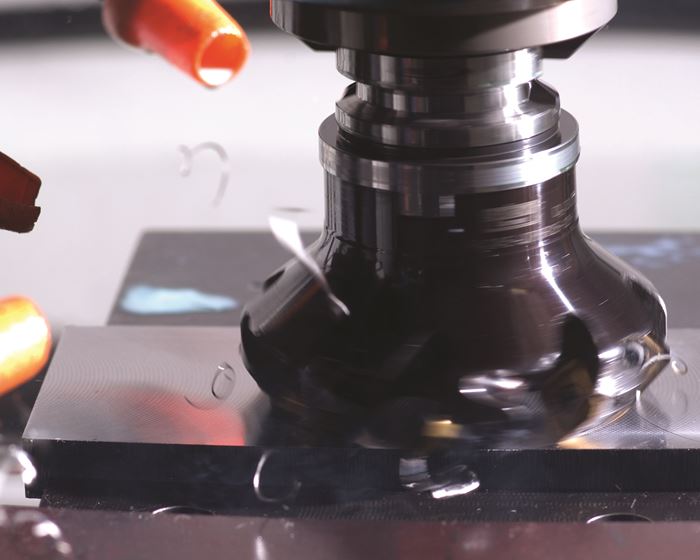
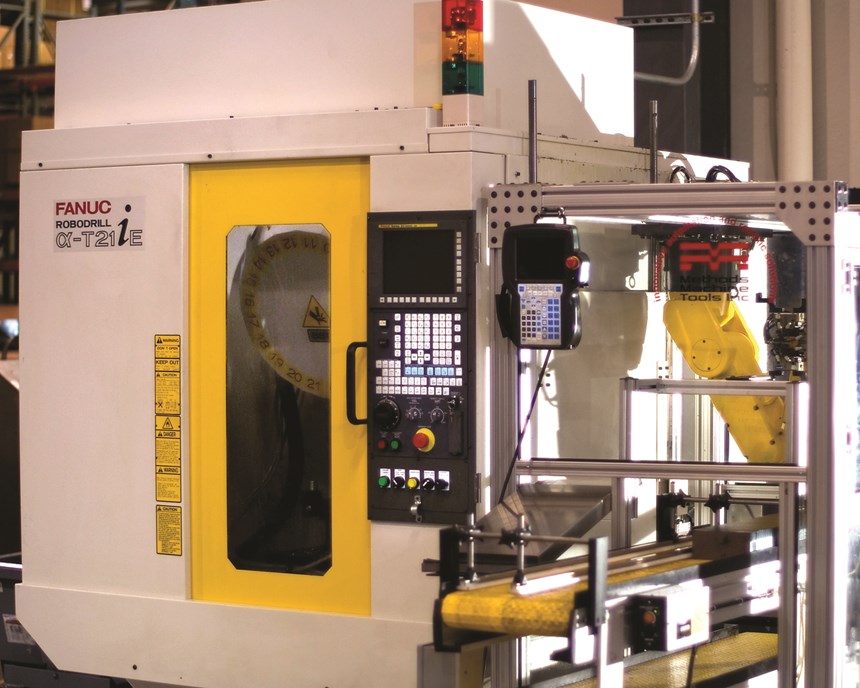
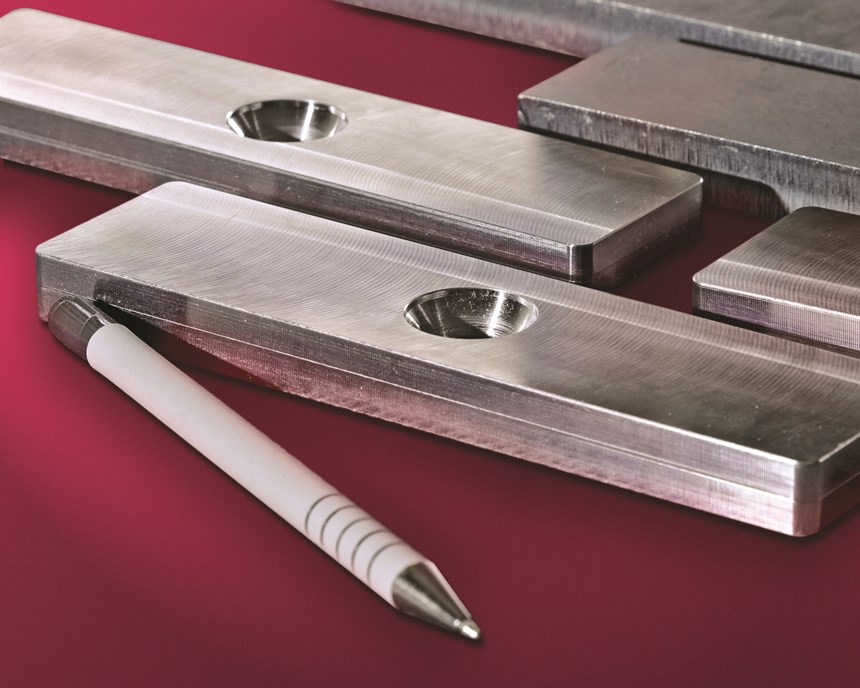
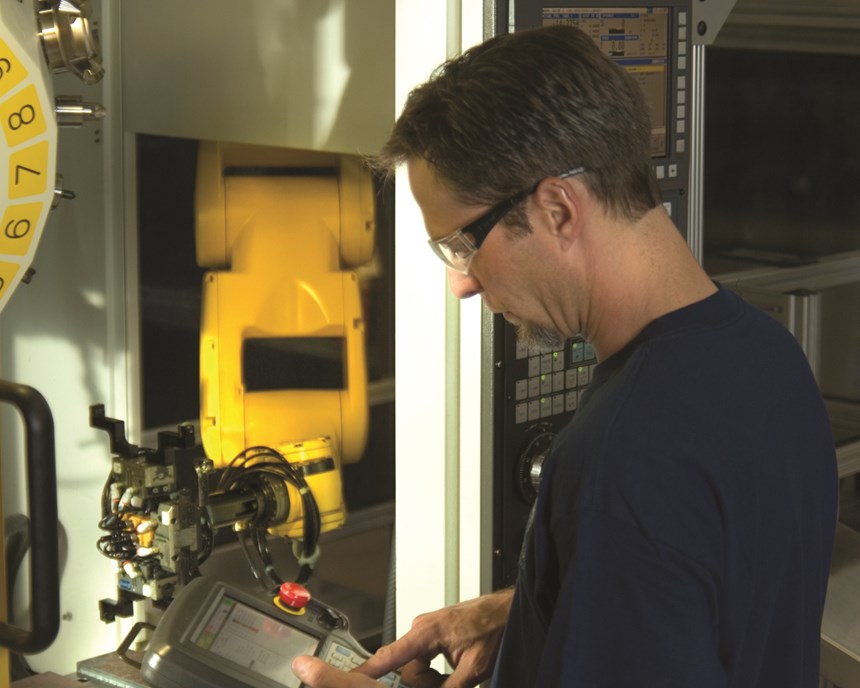






.jpg;maxWidth=300;quality=90)











.png;maxWidth=300;quality=90)





